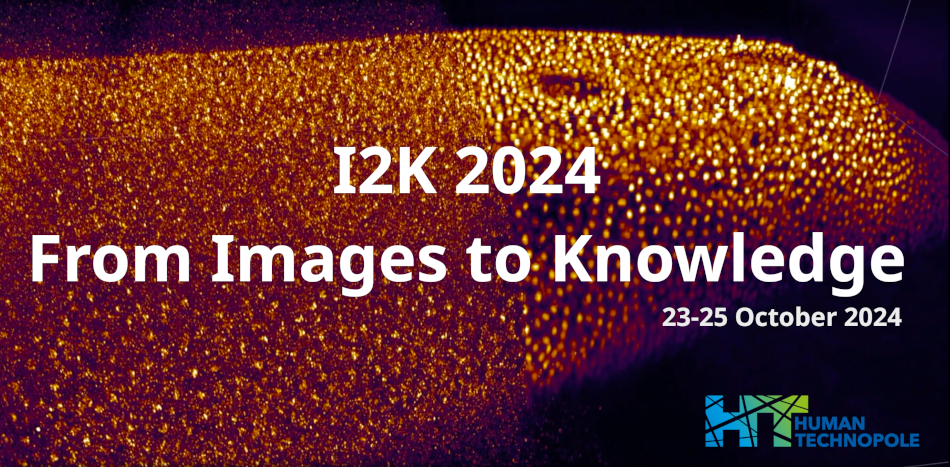Speaker
Description
Phase-contrast microscopy has become the gold standard to determine the shape and track the growth of individual bacterial cells, contributing to the identification of different cellular morphologies and to the development of models for cell size homeostasis. Although phase-contrast microscopy is well suited to the characterization of well separated, individual cells—such as those formed by traditional model bacterial such as Escherichia coli or Caulobacter crescentus—it falls short when it comes to the identification of individual cells of species that grow forming long chains containing multiple cells, which is a common feature in the bacterial world. As the septa that separate the different cells within a chain are not visible in phase contrast images, segmentation models fail to identify individual cells and often segment a whole chain as a single cell. This limitation can be circumvented by using cell-wall or membrane fluorescent dyes that outline the boundaries of individual cells within a chain. However, we are currently lacking models for the precise segmentation of cells based on the fluorescent staining of their envelopes. Here, we have combined Content Aware Restoration techniques (Weigert et al. 2018) for denoising and deconvolution with an Omnipose-based custom instance segmentation (Cutler et al. 2022) to precisely and reproducibly identify single cells within chains stained with the fluorescent membrane dye FM 4-64. Another path we show is using a fluorescence translation model to convert a cytoplasmic fluorescence into its corresponding membrane outline for segmentation. Our model is able to successfully segment individual cells within chains, and is robust to fluorescence artifacts and image noise that would lead to erroneous segmentation using more general models. We have coupled membrane-based segmentation with a size quantification pipeline to accurately extract length, width and volume from individual cells within a chain. To illustrate the utility of our membrane-based segmentation pipeline, we have characterized the size of a panel of bacterial species that grow forming long chains of cells. Our results have revealed unexpected morphological features that would have been masked by using standard phase-contrast-based segmentation, opening the door to future studies in chain-forming bacterial species.
| Authors | Octavio Reyes-Matte*, Beate Gericke, Javier Lopez-Garrido |
|---|---|
| Keywords | Image deconvolution, instance segmentation, membrane dyes, microbial chains, cell morphology |

